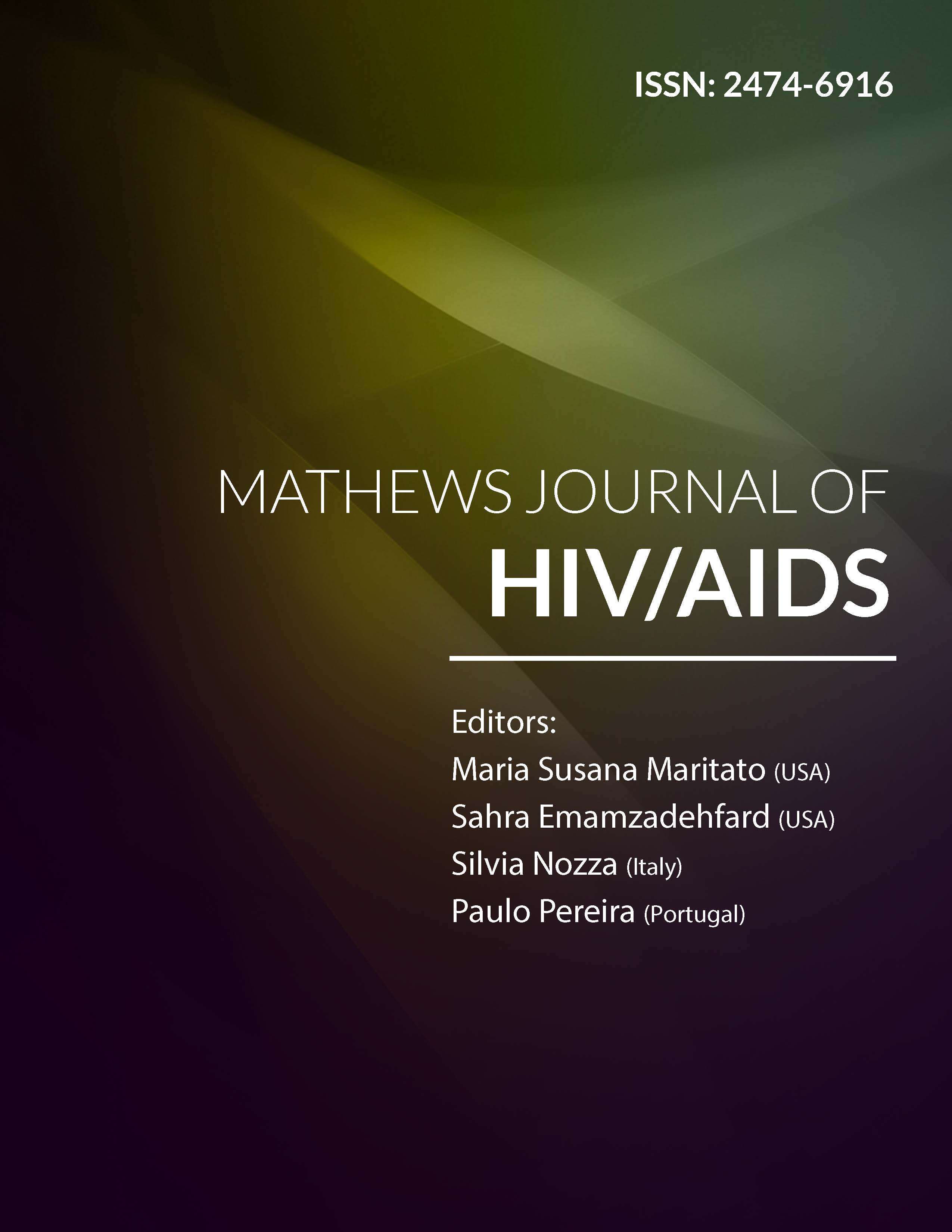
Information Links
Previous Issues Volume 3, Issue 1 - 2018
Computation of the Diagnostic Uncertainty as an Alternative to the Determination of Measurement Uncertainty for HIV Qualitative Binary Results
Paulo Pereira1*, Sandra Xavier2
1Department of Research, Innovation and Development, Portuguese Institute of Blood and Transplantation, Avenida Miguel Bombarda 6, 1000-208 Lisboa, Portugal.
2Department of Health, Polytechnic Institute of Beja, Beja, Portugal, and Integrated Researcher in NURSE 'IN - Nursing Research Unit for South and Islands.
Corresponding Author: Paulo Pereira, Department of Research, Innovation and Development, Portuguese Institute of Blood and Transplantation, Avenida Miguel Bombarda 6, 1000-208 Lisboa, Portugal, Tel: +351-210063047; E-Mail: paulo.pereira@ipst
Received Date: 17 Sep 2018
Accepted Date: 07 Nov 2018
Published Date: 12 Nov 2018
Copyright © 2018 Pereira P
Citation: Pereira P and Xavier S. (2018). Computation of the Diagnostic Uncertainty as an Alternative to the Determination of Measurement Uncertainty for HIV Qualitative Binary Results. Mathews J HIV AIDS. 3(1): 019
ABSTRACT
Background and objectives: The European Union regulation for Blood Banks does not require the evaluation of measurement uncertainty in virology screening tests. However, its assessment is mandatory for any blood establishment with tests or methods accredited to ISO 15189 specifications. Measurement uncertainty is defined in the VIM and with the methodology principles published in the GUM can be uniquely determined for results expressed as a numerical quantity. Therefore, an alternative approach is required to compute the uncertainty of the binary outcome, recognized as the“diagnostic uncertainty.” This article discusses and proposes alternative (to GUM) models intended for the evaluation of an immunoassay for the screening of anti-HIV-1+2 antibodies and HIV-1 p24 antigen. However, the suggested methodology can be applied to any other test expressing binary results.
Materials and methods: A systematic review of the literature succeeded such as data collection in research for an antiHIV-1+2/HIV-1 p24 immunoassay, and the application of the Bayesian statistics, principally mathematical models of diagnostic accuracy including diagnostic sensitivity, diagnostic specificity, and the related alpha-error, and beta-error. The area under the ROC curve can also be considered on the manufacturing stage or for “in-house” tests.
Results: Se[%] = 100, Se[%] ε[86.2, 100], beta error = 5%; Sp[%] = 99.3, Sp[%] ε [97.4, 99.8], alfa-error = 5%; OA[%] = 98.7%, PA[%] = 95.8%, PA[%] ε [87.9, 100], NA[%] = 98.9%, NA[%] ε [97.8, 99.9]; AUC = 0.99, AUC ε [0.99, 1.00]
Conclusion: The results show that the diagnostic accuracy can be discussed on uncertainty-based thinking. It is demonstrated that each estimator has uncertainty associated, stated by the alpha-error and beta-error to the diagnostic sensitivity and diagnostic specificity for the absolute results, respectively, and the significance level for the 95% CI.
KEYWORDS
Accreditation; Blood Bank; Diagnostic Accuracy; Diagnostic Uncertainty; ISO 15189; Measurement Uncertainty; Risk Assessment; ROC.